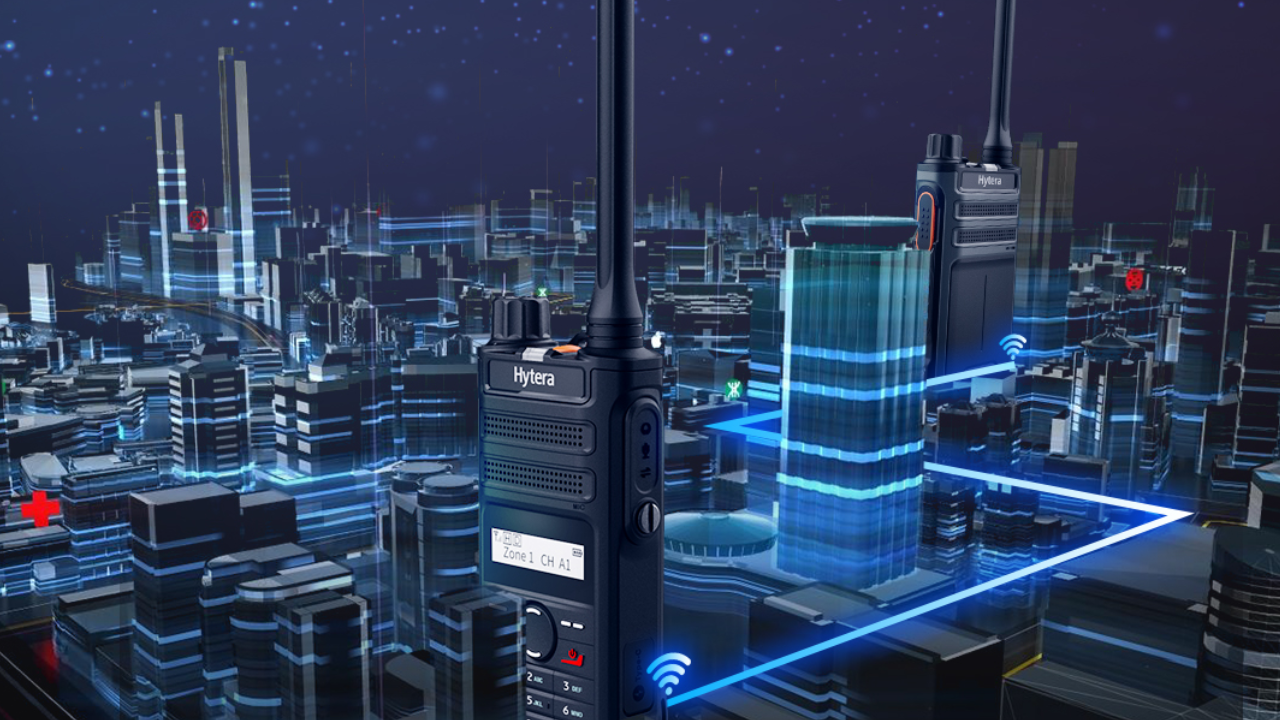Frida is a woman with a love of all things technological and decorative. She spends her days finding new ways to merge the two worlds together, and has made a name for herself in the process. Her work has caught the eye of many in the tech industry, and she is often consulted for her expertise. Darlene also enjoys spending time with her family and friends, and loves to decorate her home in her free time.

A walkie-talkie is a portable, hand-held two-way radio transceiver, formally known as a handheld transceiver (HT). During World War II, its creation was attributed to Donald Hings, Motorola engineering teams, radio engineer Alfred J. Gross, and Henryk Magnuski. Similar versions were initially made for infantry, field artillery, and tank groups, and after the war, long range walkie talkies were utilized for public safety, then for business and construction site work.
Into the other (with some devices the speaker also doubles as the microphone). To speak, they are raised to the face. They are valuable instruments for effective and efficient communication because of their simplicity, dependability, and capacity to operate in locations with spotty cell phone coverage.
What Kind Of Range Do Long-Range Walkie-Talkies Have?
Long-range walkie-talkies can have a wide range, depending on a number of variables. Some long-range walkie-talkies can send and receive signals across distances ranging from several miles to over 30 miles in ideal circumstances, such as wide terrain with few barriers and line-of-sight contact.
However, geography, ambient factors, a device’s power output, and the presence of obstacles like structures or purely natural barriers frequently affect how well a gadget performs in the real world. Due to signal interference and attenuation brought on by barriers, users can normally anticipate lesser ranges in cities or heavily forested areas.
Benefits of Long Range Walkie Talkie
Long-range walkie-talkies provide a number of advantages over conventional ones, making them appropriate for particular uses and situations.
Simple to Use
It is specifically created for users to accommodate various needs and to offer dependable communication via basic buttons and loudspeakers. They typically require little training and are intuitive to use. Additionally, you can utilize the headset to communicate hands-free if your hands are otherwise occupied.
Extended Communication Range
Long-range walkie-talkies have the biggest advantage over normal walkie-talkies in that they can communicate over considerably longer distances. Depending on the type and circumstances, they are capable of transmitting and receiving signals at distances of a few miles or even tens of miles.
Greater Versatility
Long-range walkie-talkies are adaptable and may be utilized in a variety of scenarios, including professional settings like construction sites, security operations, and search and rescue missions, as well as outdoor activities like hiking and camping.
More Channels
Compared to standard models, long-range walkie-talkies often offer a greater number of channels. This lowers interference and enhances communication quality by enabling users to switch between frequencies in search of the cleanest and least crowded channel.
Longer Battery Life
Any walkie-talkie has power-saving settings that lower the output power when maximum range is not required. The battery life can be considerably increased by choosing a lower power setting. Purchase a compatible charger and a set of high-quality rechargeable batteries. Despite having a smaller starting capacity than disposable batteries, rechargeable batteries are ultimately more cost-effective since they may be recharged numerous times.
Better Audio Quality
Long-range walkie-talkies frequently have better audio quality, which is essential in noisy areas or when communication clarity is essential, like during crises or crucial operations. Long-range walkie-talkies might have cutting-edge capabilities like GPS tracking, weather notifications, text messaging support, and encryption for secure communication.
Compatibility with Accessories
A lot of long-range walkie-talkies are compatible with a variety of accessories, which can improve utility and convenience. These attachments include external microphones, headsets, and speaker microphones. Long-range walkie-talkies frequently feature greater power output, enabling signals to travel farther and penetrate obstructions better, especially in difficult terrain.
Conclusion
It’s crucial to remember that not every user will require long-range walkie-talkies. Regular walkie-talkies are more than sufficient for short-range communication needs, but these devices are well-suited for specific applications due to their increased range and additional functions. Consider your intended use, communication range needs, and any specialized features you require for your activity or line of work when deciding between the two.
